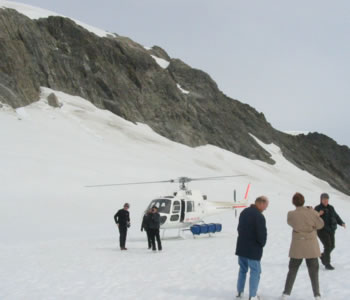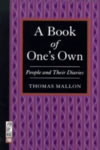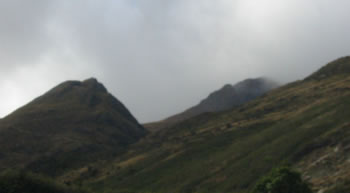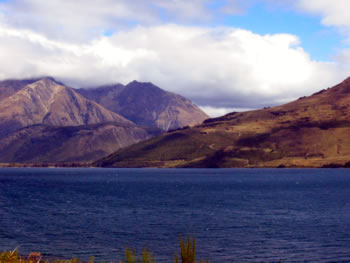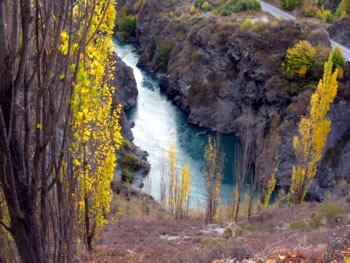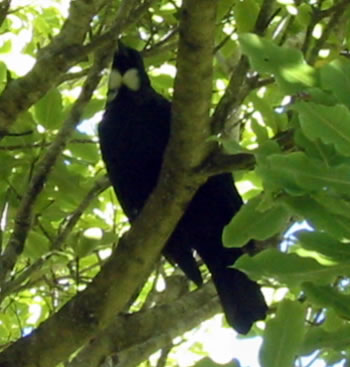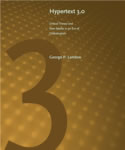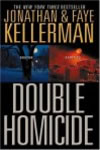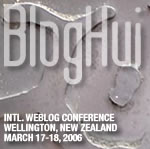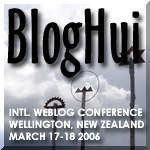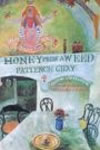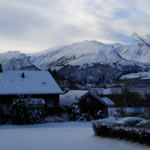The Flemings have two charming alpaca, Zach and Cherokee. After meeting these kindly camelids, I might have alpaca too, if I had the requisite grass, space, and climate.
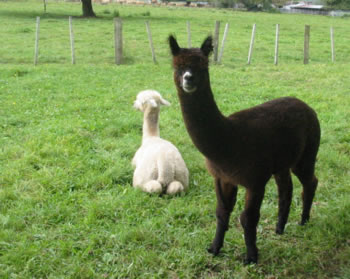
When the alpaca are paying attention to you -- when, for example, you're holding an apple from the tree that's just outside their pen -- they look at you and make sure you know they care about you. When they aren't paying attention, they make it clear that they're doing something else right now. Being gentle, kindly, and helpful beasts, they'll be happy to pay attention to you if you want, of course.
That's a lesson for airlines and hotels and customs officials. Coming into the US seems to get worse and worse.
- The passport inspection station at LAX has a whole bunch of nifty, new multi-color LED displays. The displays have wireless. They're easy to program. I know this because nobody has bothered to read the instructions, and so they're running their demo program instead of helping visitors stand in the right line. If you don't know how to use them, turn them off.
- The customs form, we are told, must be filled out in English and, if you make a mistake, you will be sent to the back of the line. This invites retaliation by countries and individual airport staffs who feel like getting even. Would you like to go to the back of the line for making a mistake in your Mandarin, or your Turkic? And isn't it a diplomatic custom to accept French in all such circumstances? US passports are bilingual French-English, and I don't think that has anything to do with Quebecois sensibilities.
- The roof at the LAX terminal was leaking. I know it doesn't rain that much in LA, but still -- it makes the US look like a third world country, and it can't be doing the structure any good.
- The luggage carousel at the LAX customs terminal stalled, and the second carousel also had some mysterious problem. As a result, almost everyone's bags were delayed, and the economy-class bags started to arrive before the business-class bags. The AA rep tried to explain everything, but made things worse when she said that they didn't want to delay the economy class bags just so the first-class luggage would arrive first. This indicated the idea had arisen; a better stance would pretend that the thought would simply never have ocurred to anyone. Everyone understands that first-class passengers pay for priority service, but everyone should be served as quickly and efficiently as possible.
- A physician standing next to me was doing a slow boil (and his partner was way past simmering) because he was coming close to missing his connection to JFK. So were we. "There are lots of flights to New York", I said. "You don't have to operate on someone at 4am tomorrow," he answered. With lots of running and the help of a very efficient AA desk rep, we did get on the flight. When last seen, the doctor was a customer relations time bomb with a short fuse: getting someone to stand there, listen to his problems and to be seen trying to make arrangements would probably have solved it. Push the panic button and get someone to pitch in and lend a hand.
- The AA rep called across to the TSA checker, "Maria, I've got two hot pax!" and she sent us right upstairs. There, however, the AA rep was a distant memory and we faced long, long lines and very slow inspections by slow-moving and slouching people in uniforms who smiled when talking to each other and looked bored when talking to the public. I am unconvinced that the TSA inspections are effective at anything but creating inconvenience and scaring people who might vote Republican. Inspectors seem to be getting slower and less polite again -- perhaps because it's not an election year, or perhaps because their unpopularity is grinding them down.
- Two of our bags weren't loaded at Kennedy. The AA rep handled this fairly well, but dropped the ball twice. First, the instructions for following up were printed out on a 12x7 dot matrix printer that must be 15 years old; this is an airline, and and airline doesn't want its customers thinking 'old, unreliable, obsolete equipment.' Spend $50, buy a modern printer, keep the old equipment backstage.
- Then, she explained that "Sometimes, they can't get all the bags" on the small jets they use for this run. That's the B answer (and it's much better than 'we'll trace the bags and let you know', which you usually hear.) The A answer is to have circumstantial detail: 'We're incredibly sorry, but we simply had to get a transplant organ on the very first plane, and we ran out of space, but we'll drop you bag at your house tomorrow morning." Or whatever. I'd be delighted to be inconvenienced if I knew it was really helping someone, or even if I was making the airline a lot of money or helping them out of a jam. "The post office contract says they can always ship two bags, but today the two bags were 500 pounds of gold bullion" is fine, too.
It's only really annoying if nobody seems to care much, if they delayed your bag or inconvenienced you because they didn't feel any particular interest in paying attention.


